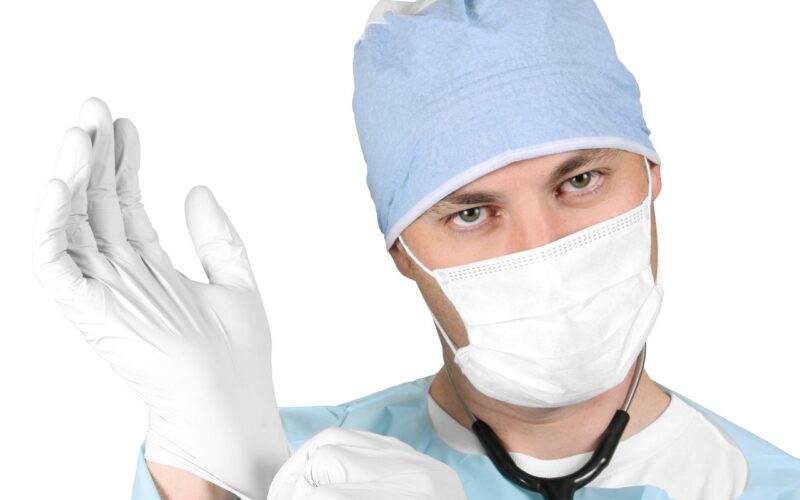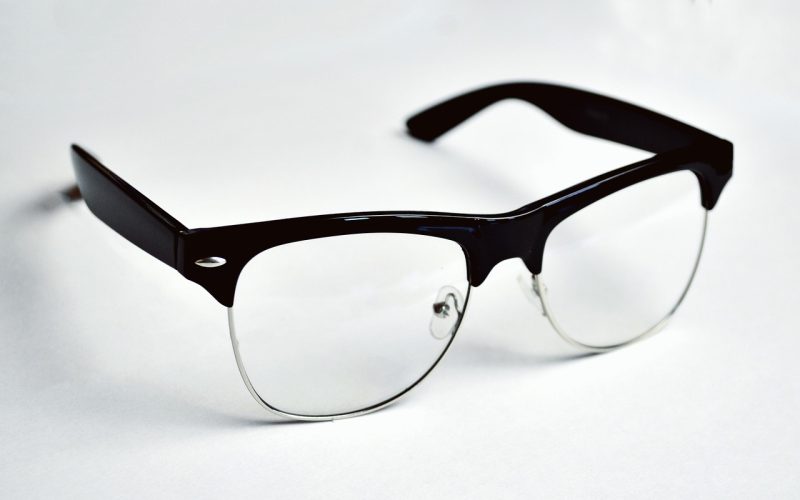Many of us view earwax as an inconvenience, something to be cleaned away. However, this substance, known medically as cerumen, plays a crucial role in maintaining the health of our ears. Far from being just a waste product, earwax is a complex and beneficial secretion produced by our bodies for a very specific purpose. Understanding its function can help us appreciate its importance and approach ear care, including Marple ear wax removal, with more knowledge.
What exactly is earwax?
Earwax is not actually "wax." It is a combination of secretions from two different glands located in the skin of the outer third of your ear canal. These are the ceruminous glands, which produce a milky, fatty substance, and the sebaceous glands, which secrete an oily substance called sebum. This mixture combines with dead skin cells, hairs, and other debris to form the waxy substance we are all familiar with. The composition of earwax can vary between individuals and is even determined by genetics. There are two main types: the wet, sticky, yellowish-brown type common in people of European and African descent, and the dry, flaky, greyish type more prevalent in those of East Asian descent.
The protective functions of earwax
The primary role of earwax is to protect the ear canal. It acts as a natural barrier, trapping dust, dirt, bacteria, and other foreign particles that could otherwise travel deeper into the ear and potentially damage the sensitive eardrum. The slightly acidic nature of earwax helps to prevent fungal and bacterial infections from taking hold within the canal. Furthermore, its waxy, water-repellent properties provide a moisturising effect on the skin inside the ear, preventing it from becoming dry, itchy, and flaky. Without this protective layer, our ears would be much more vulnerable to infection and irritation.
The ear’s self-cleaning mechanism
Our ears have a remarkable, built-in cleaning system. The skin in the ear canal grows in a unique way, migrating outwards from the eardrum towards the outer ear. This process, often described as a "conveyor belt," slowly carries the old earwax along with it. Everyday movements of the jaw, such as talking and chewing, also help to move the wax along the canal until it reaches the outer ear. At this point, it typically dries up, flakes off, and falls out on its own or is washed away during bathing. This natural cycle means that for most people, the ears are self-cleaning and do not require intervention.
When ear wax removal becomes necessary
While the self-cleaning process is usually effective, sometimes it can be disrupted. This can lead to an accumulation of wax that causes a blockage, known as impaction. Symptoms of impacted earwax can include earache, a feeling of fullness in the ear, hearing loss, tinnitus (ringing in the ears), and dizziness. This overproduction or blockage can be caused by several factors, including having naturally narrow or hairy ear canals, age-related changes, or frequently inserting objects into the ears, such as cotton buds or hearing aids. In these situations, safe and effective ear wax removal Hyde is required to alleviate symptoms.
Safe methods for managing earwax
When dealing with a blockage, it is vital to avoid unsafe practices. Using cotton buds, hairpins, or other small objects to dig out wax is a common but dangerous mistake. These items can push the wax further into the canal, making the impaction worse, and risk perforating the eardrum or scratching the delicate skin of the ear canal, leading to infection. Instead, gentle, at-home remedies using medical-grade olive oil or sodium bicarbonate drops can soften the wax, allowing it to work its way out naturally. If symptoms persist, professional Wrexham ear wax removal by a GP, audiologist, or ENT specialist is the safest option. They can use methods like micro suction or irrigation to clear the blockage without causing harm.
Ultimately, earwax is a sign of a healthy, functioning ear. It serves as a protector, cleaner, and moisturiser for one of our most important sensory organs. While issues like impaction can occur, understanding the purpose of earwax helps us to appreciate it and ensures we use safe methods for ear care only when truly necessary.










